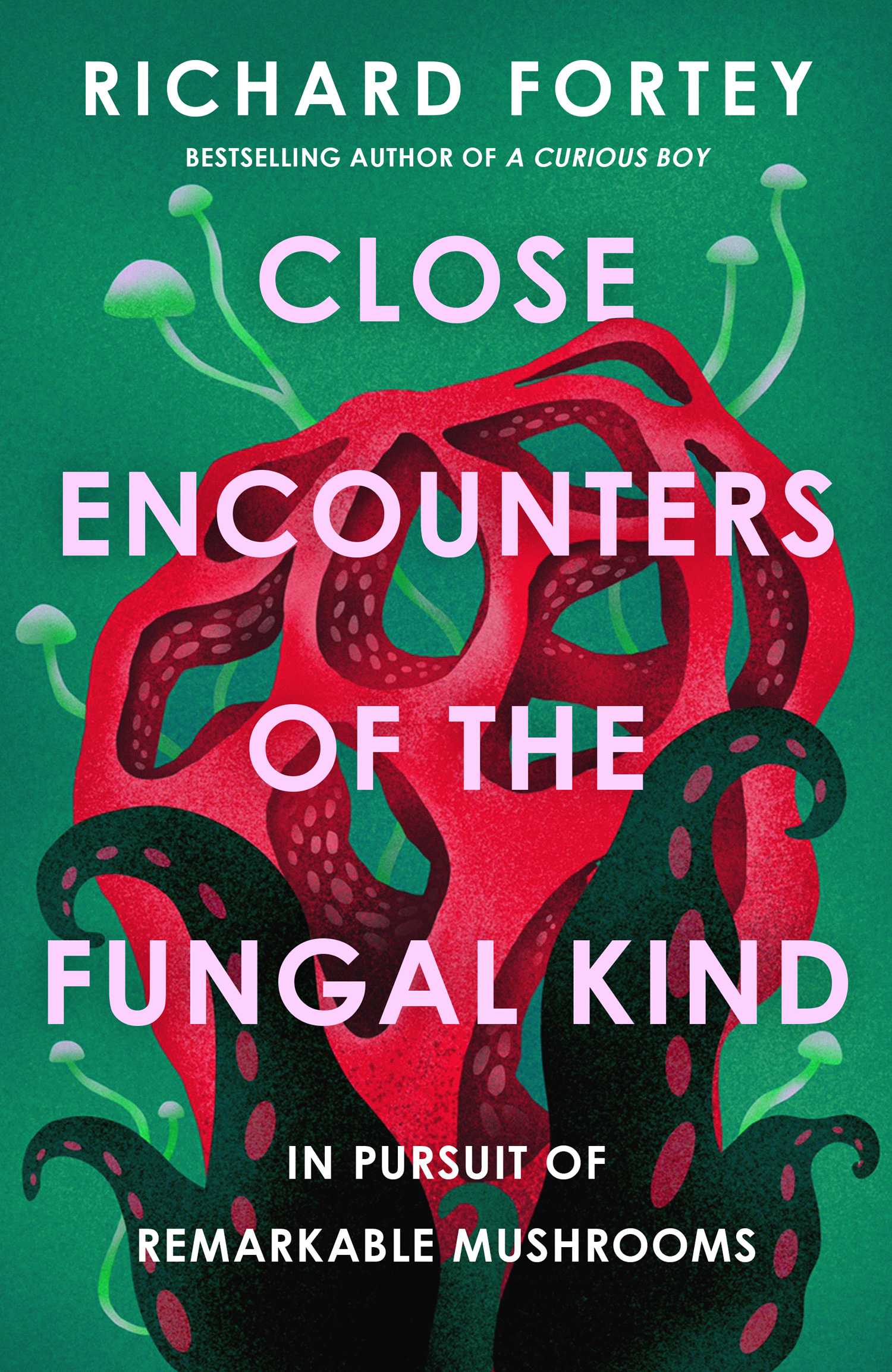 For years, Richard Fortey has found the uniqueness of fungi fascinating, from their strange forms, colours, reputation, rapid appearance and disappearance, to their often unseen role within the natural world. Close Encounters of the Fungal Kind takes the reader on an enthralling journey through Fortey’s forays searching for the strangest, most extraordinary and most delicious species. Focusing on a selection of the larger fungi and a handful of microfungi, this charming book celebrates their profusion, diversity and importance.
For years, Richard Fortey has found the uniqueness of fungi fascinating, from their strange forms, colours, reputation, rapid appearance and disappearance, to their often unseen role within the natural world. Close Encounters of the Fungal Kind takes the reader on an enthralling journey through Fortey’s forays searching for the strangest, most extraordinary and most delicious species. Focusing on a selection of the larger fungi and a handful of microfungi, this charming book celebrates their profusion, diversity and importance.
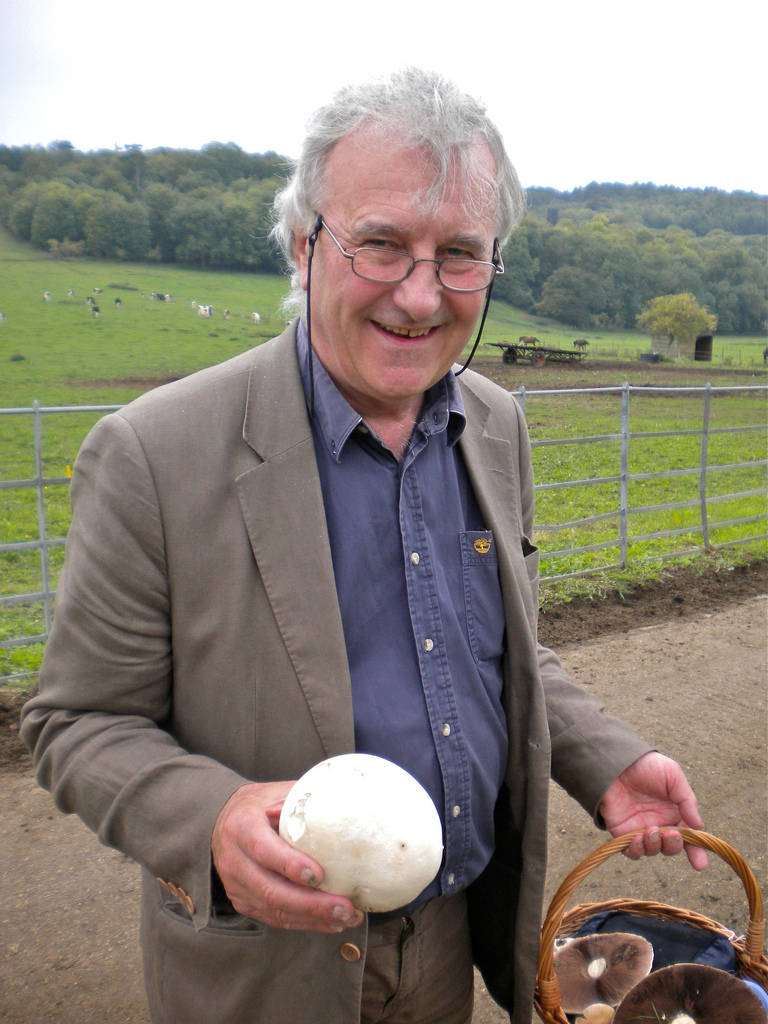
Richard Fortey is a palaeontologist, nature historian, writer and presenter who worked as the Natural History Museum’s senior palaeontologist until 2006. Richard has served on the councils of the Systematics Association, Palaeontographical Society, British Mycological Society and more. He was elected as a Fellow of the Royal Society in 1997 and was awarded an OBE in the 2023 New Years Honours for services to palaeontology and geology.
We recently spoke to Richard about his book, his first introduction to fungi, his hopes for the future of mycological research and more.
The fungal kingdom is enigmatic, and in recent years it has gripped the attention of naturalists and the wider public alike, thanks to books such as this one. Do you remember your first introduction to fungi that sent you on this path of discovery?
As a child in Ealing on the fringes of London, we were lucky enough to have a large garden. I remember wondering at a great clump of glistening ink caps that appeared around a rotting stump – apparently overnight. In a day or two they had turned into a black soup. About the only book available then (I must have been about ten years old) was The Observer’s Book of Mushrooms and Toadstools, but I managed to identify our stump fungus as Coprinus micaceus. Finding others in the book became a challenge.
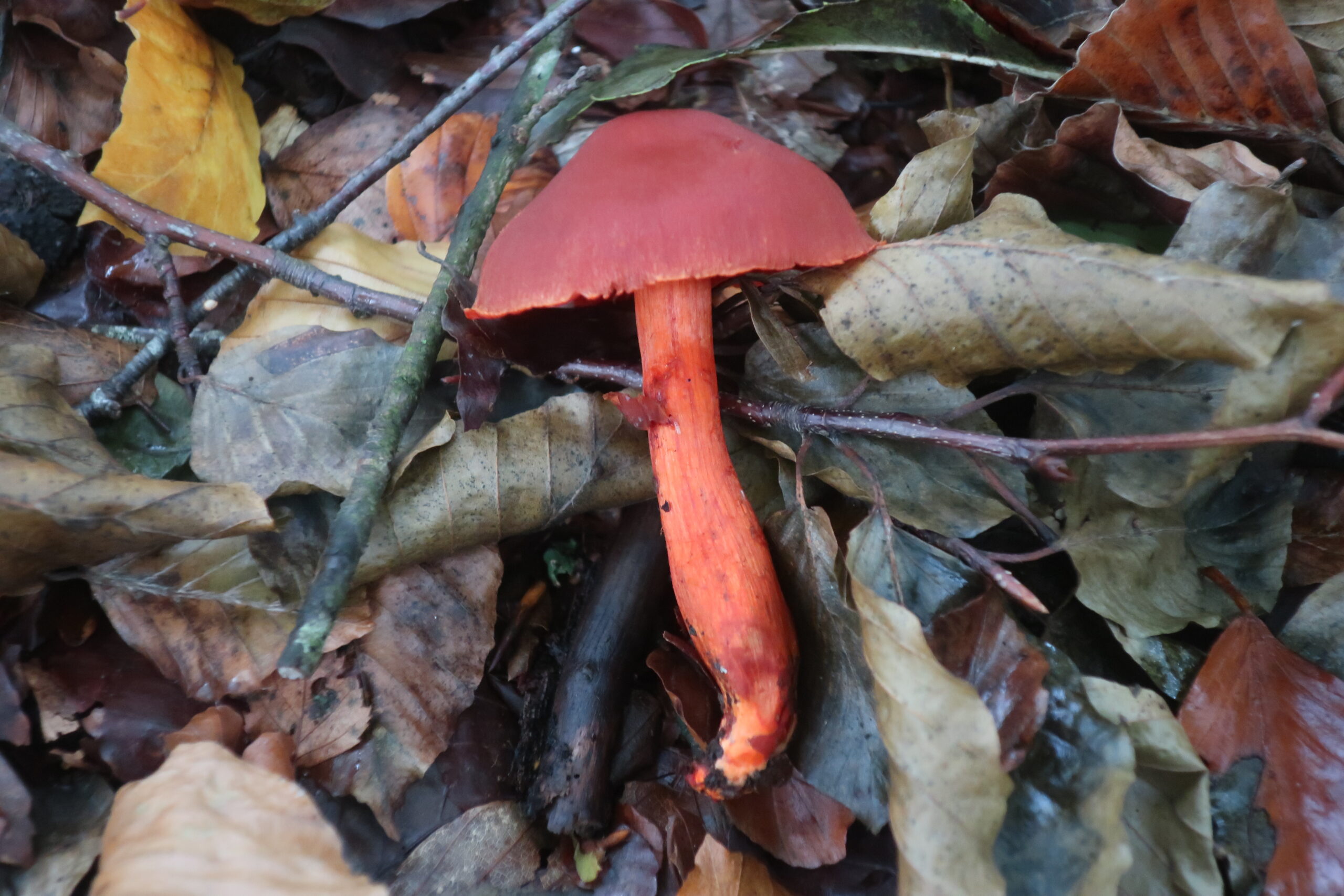
Fungi are everywhere, spores floating through the air, mycelial networks underneath our feet, and even in the deep ocean. Can you describe one of your most unexpected encounters with the fungal kind whilst compiling this book?
At my sister-in-law’s house in the rainforest of New South Wales, there were a host of fungi on the ground and on fallen trees. One of them growing on a trunk seemed to be an old and edible friend – the Oyster Mushroom. But when I went out in the dark, I was amazed to see it glowing with a ghostly greenish light. It was an Aussie double of our oyster, and a decidedly poisonous one. I used a photo of it taken by its own light in the book, and it still looks quite unearthly even now I know its identity.
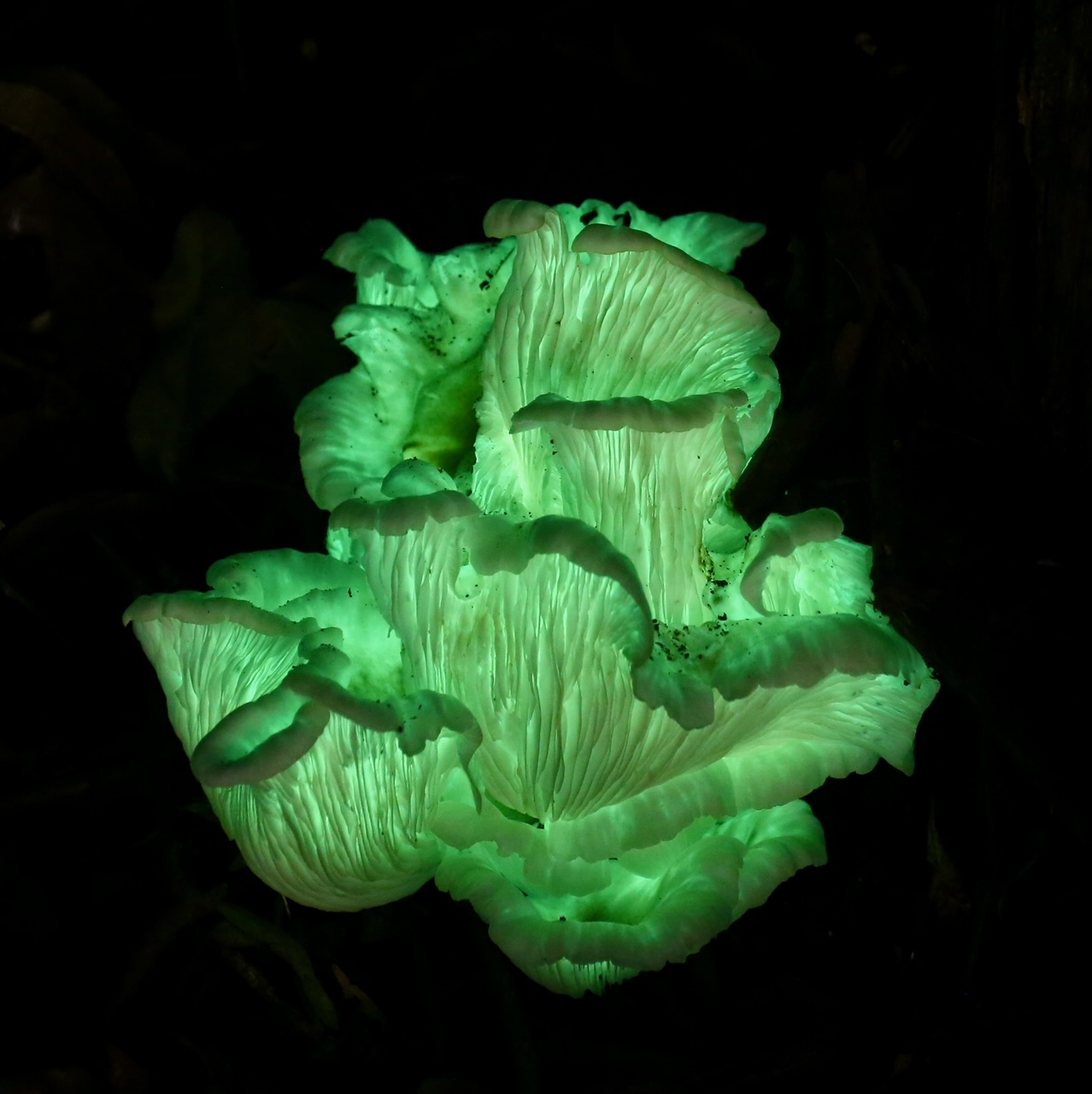
You open the book describing an enchanting trip to the hills of northern Italy for a celebration of the foragers’ favourite, the Bolete. If you were to organise a mycologically focused celebration in the UK, which location would you choose?
When it is in top form it is hard to beat the New Forest for variety and number of species. Boletes used to abound there, and every kind of milkcap and brittlegill still does, and it is about the only place to see the extraordinary Nail Fungus emerging from pony dung.
In your book, you allude to the challenges of understanding taxonomy as a novice or intermediate mushroom fan through the lens of species names. However, you also highlight the importance of both binomial nomenclature and common vernacular names. Do you have a favourite species name, both scientific and common? And to take this further do you have any personal/pet names that you find yourself using for species?
The common small bracket that grows in tiers on dead logs is known as the Turkey Tail – and it really does look like a fanned-out tail of this big bird, with a neat white rim and a neatly zoned dark upper surface. The best scientific name really doesn’t beat around the nomenclatural bush, and it must be Phallus impudicus. The Stinkhorn indeed resembles an upright human reproductive organ and even retains a distinctively scrotal sac at its base. And it smells like rotting meat – the species name refers to that. As for pet names, my young nephew always referred to the beautiful but poisonous scarlet Fly Agaric as “Killer Diller” – and that name seems to have stuck.
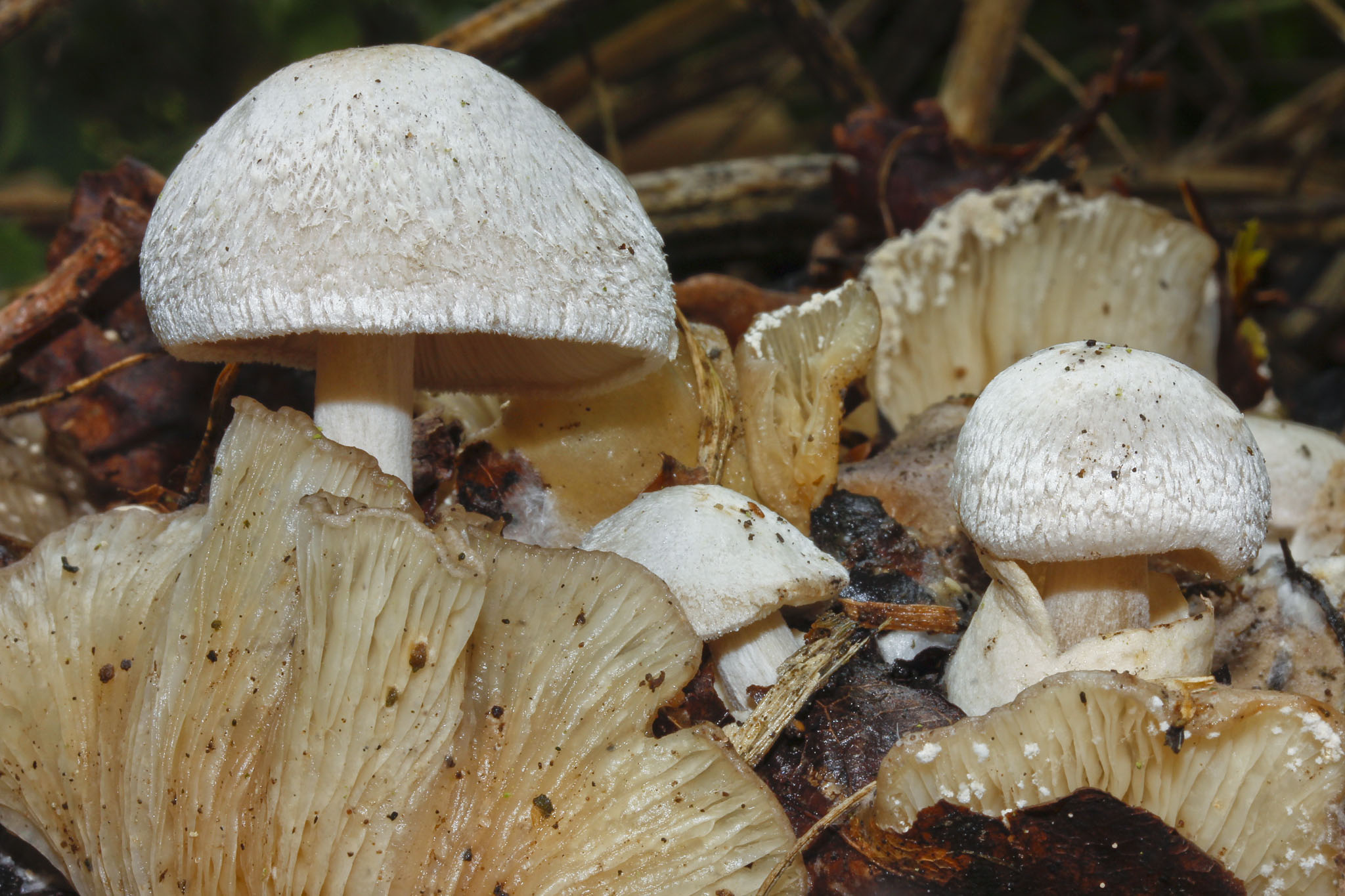
As someone with a long career in the sciences, a lifelong mycologist, and an inspiring naturalist, which direction would you like to see mycology take in the next few years as it expands as both a field of research and a subject of interest?
There’s no question that DNA studies are taking mycology into a new direction – not least enabling us to ‘see’ fungi even without having their fruitbodies, for example, by sampling soils in different habitats. I believe that fungi are even better indicators of environmental health than our plants, and I really hope that conservation bodies – and farmers – realize that they need to fully recognize the contribution of fungi to total biodiversity. There are so many different species that identification often poses a challenge, and I personally welcome the development of apps to help, but there is no substitute for getting down on hands and knees on the forest floor. If a fraction of those who make birds their hobby took up mycology it would do no end of good to public awareness.
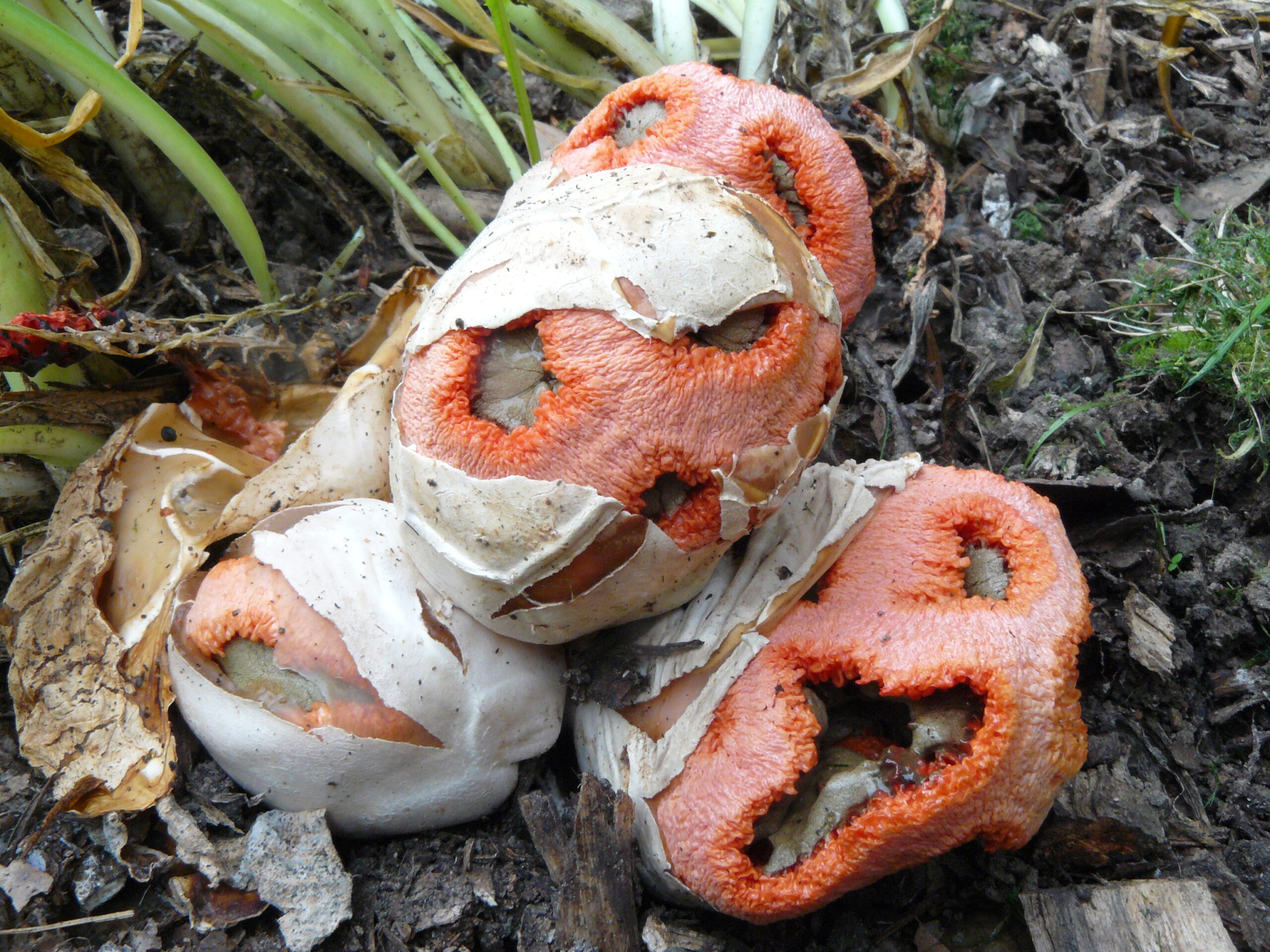
Finally, what’s occupying your time at the moment? Are you working on any other projects that you can tell us about?
I have had an ongoing project raising fungus gnats – which are also very diverse. One large fungus can feed a hundred tiny flies, and these in turn feed insectivores. Their importance in the food chain has been underestimated. Which species of fungi feed which gnats is still incompletely known, however this is the kind of project I can do in a small woodland like my own.
 Close Encounters of the Fungal Kind is available from our online bookstore.
Close Encounters of the Fungal Kind is available from our online bookstore.
